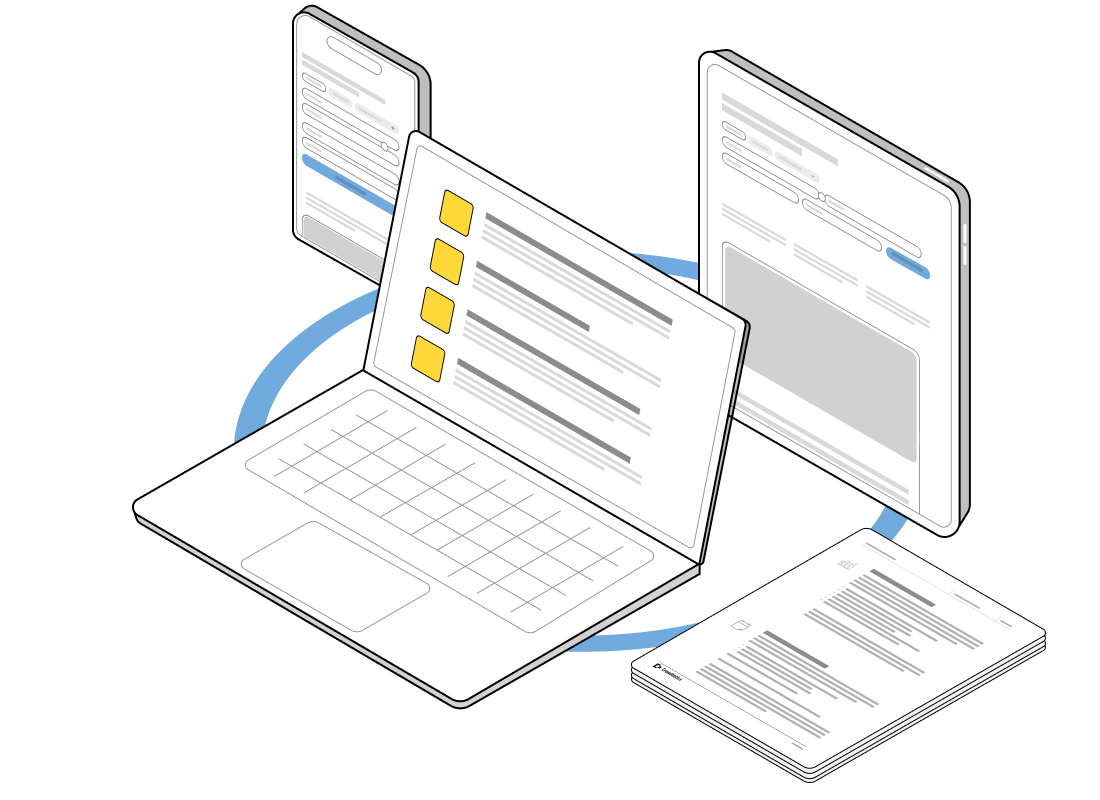What is a mobile app?
A mobile application is a web, mobile, or desktop application that runs on smartphones and other mobile devices. Mobile applications are often built using native technologies, such as Swift for iOS, Java for Android, or Objective-C for both iOS and Android.
Mobile apps are also similar to most other app types. They have much in common with other apps that focus on content production, such as blogging apps, news reading apps, and video streaming apps. Popular mobile applications include Facebook, Snapchat, Instagram, Twitter, and YouTube.
Examples of mobile apps built with Crowdbotics:
- The app would organize all of your most used apps on your phone into categories and show you how much you’re using them. It would also have a virtual assistant like Alexa that would pop up and suggest apps.
What is the typical cost to build a mobile app?
A mobile app usually costs about $30,000 to build. However, the total cost can be as low as $30,000 or as high as $30,000. A mobile app with a low number of features (also known as a minimum viable product, or MVP) will be more affordable than an app that includes all intended functionality.
For example, here are some previous mobile app price quotes from Crowdbotics:
How long does it take to build a mobile app?
A mobile app usually takes 400 hours to build. However, a mobile app can be built in as few as 400 hours, or in as many as 400 hours. The exact timeline mostly depends on how complicated your specific app is. As a general rule, it will take longer if you require highly custom designs, niche features, complex logic, or non-standard release platforms.
For example, some previous mobile apps build with Crowdbotics received the following hourly estimates:
Not seeing what you’re looking for?
Crowdbotics has quoted and built hundreds of applications for teams of all sizes. Browse our historical estimates by industry and app type to understand possible costs and considerations.
How to successfully grow your mobile application
A mobile app can grow rapidly by reaching a very specific audience of users and showing them that the app has something to offer. The key is to first ask, “Who is my target audience?” Next, you need to define your target audience as specifically as possible. For example, if your target audience is students in the United States who attend college between the ages of 18 and 24, you should be able to quickly describe your ideal user personas. Once you know what type of user you’re trying to reach, it’s easier to create a marketing strategy that will appeal to them.
Risks and challenges of building a mobile application
A mobile app faces risks related to the handling of private information, security, and the ability to adapt to new features and operating systems. Mobile apps should be designed to protect user data in multiple ways, including encryption, secure authentication, and in-app payments. Apps should also be designed to adapt to future changes in technology (e.g., updates) so that they will continue to function as intended for years to come.


